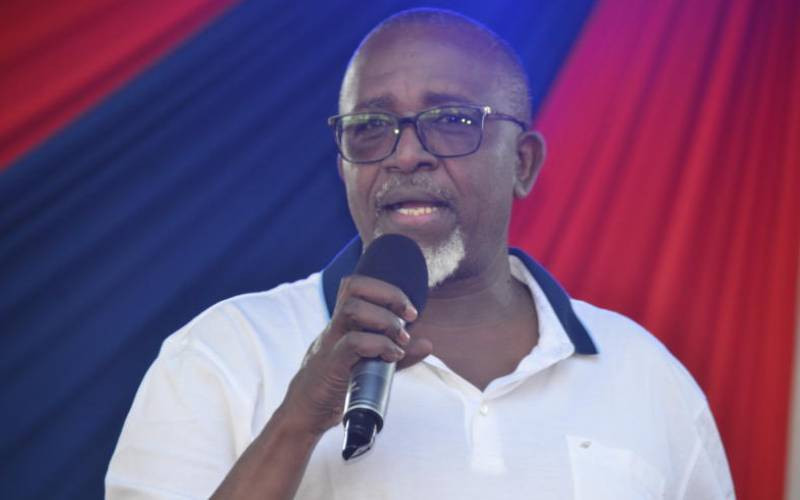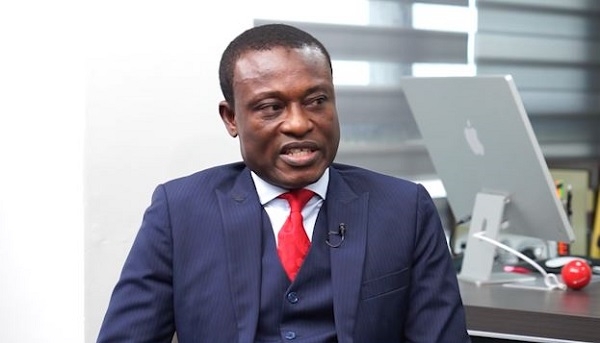Breaking the Rules

A patient presents for a routine yearly exam and is found to have asymptomatic sectoral optic disc edema (ODE) in one eye. What are my differentials?
A:
“Uncovering the etiology of ODE can be a daunting task, as the list of differentials is extensive,” says Erin McGahey, OD, a resident at the Birmingham VA Medical Center. In unilateral ODE alone, underlying causes can be divided into four main categories: neoplastic, inflammatory, infectious and vascular. Neoplasms include optic nerve glioma or optic nerve sheath meningioma. Multiple sclerosis, sarcoidosis and systemic lupus erythematosus should be considered as common inflammatory causes, while Bartonella, tuberculosis or syphilis can be underlying infectious etiologies. Finally, vascular causes include non-arteritic anterior ischemic optic neuropathy (classic NAION), arteritic anterior ischemic optic neuropathy or diabetic papillopathy.
“Each of these conditions is usually accompanied by abnormal findings, such as reduced vision, afferent pupillary defect, color deficiencies and/or formal visual field defects,” she notes. “Medical history, systemic symptoms and medications also contribute important pieces to the puzzle.”
 |
| Click image to enlarge. |
However, when visual function is unaffected, and the ocular examination is otherwise unremarkable, consider alternative differentials; the first being pseudo-ODE.1 Optic disc drusen, anomalous optic nerves or vitreopapillary traction fall into the category of pseudo-ODE, as the elevated appearance of the disc is not due to true edema within the retinal nerve fiber layer but rather to other pathologic processes. “In the case of our patient with asymptomatic and unilateral ODE in one quadrant only (Figure 1), an obscure variant of NAION has been described that fits his presentation,” Dr. McGahey points out. Incipient NAION is essentially an asymptomatic “prodrome” of classic NAION, consisting of sectoral ODE with no effect on visual acuity (VA), visual field, color vision or pupillary function. Similar to classic NAION, pathogenesis revolves around the concept of short posterior ciliary artery hypoperfusion, leading to optic nerve ischemia and, ultimately, ODE.1
“Understanding the asymptomatic nature of incipient NAION, recognize that 25% to 40% of cases will progress to classic and exhibit reduced visual function, most noted by visual field defects rather than by decreased VA,” Dr. McGahey says. If incipient NAION self-resolves without progression, the risk of non-consecutive classic NAION in the same eye is 20%, while fellow eye risk of classic NAION is 55%.1,2 Overall prognosis remains promising for patients with incipient NAION who do not progress to classic NAION. For patients who do progress, VA is 20/200 or worse for >50% of these individuals, though mild improvements up to three lines can occur within two to three months. Unfortunately, visual field improvement is less likely when compared to improvements in VA.3
Treatment studies for either incipient or classic NAION have not been fruitful to this point. Nothing has been successful in preventing progression to classic NAION or in improving VA, visual field loss or ODE once progression has occurred. Overall management focuses on treating underlying risk factors such as hypertension, hyperlipidemia, obstructive sleep apnea, anemia, arteriosclerosis, diabetes and hyperhomocysteinemia by involving the patient’s primary care physician. Reducing the risk of nocturnal hypotension by avoiding hypertensive medications at night is another key point to address. Closely monitor patients, and ODE persisting beyond six to 11 weeks should prompt neurological imaging studies.2,4
“Sectoral incipient ODE presents an interesting clinical challenge,” Dr. McGahey emphasizes. “This condition, while not classic, should be recognized early on, with appropriate testing performed. Be sure that when you initiate a referral, you have your staff make the appointment and follow up to be sure they kept it.”
Dr. Ajamian is board certified by the American Board of Optometry and serves as Center Director of Omni Eye Services of Atlanta. He is president of the Georgia State Board of Optometry and general CE chairman of SECO International. He has no financial interests to disclose.











